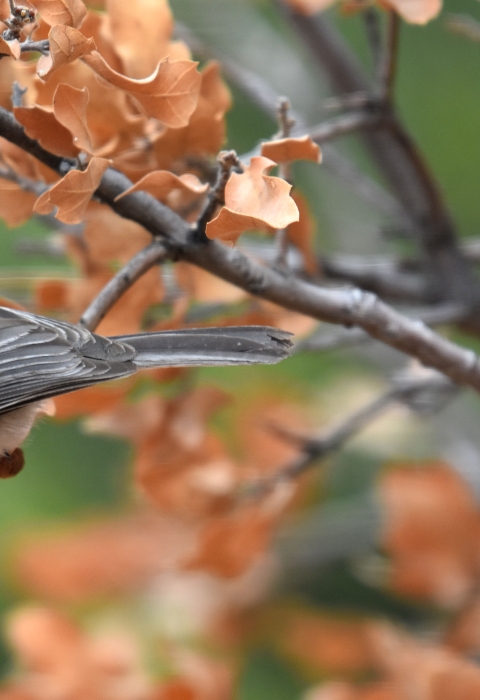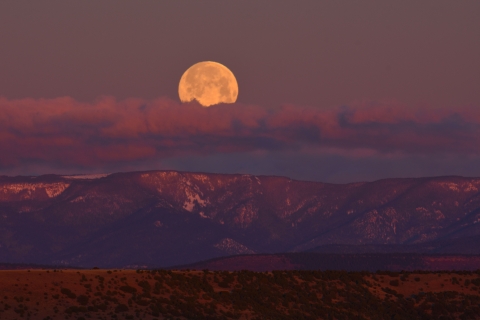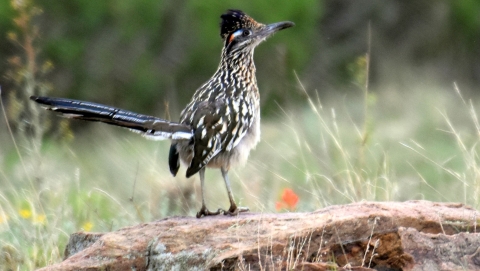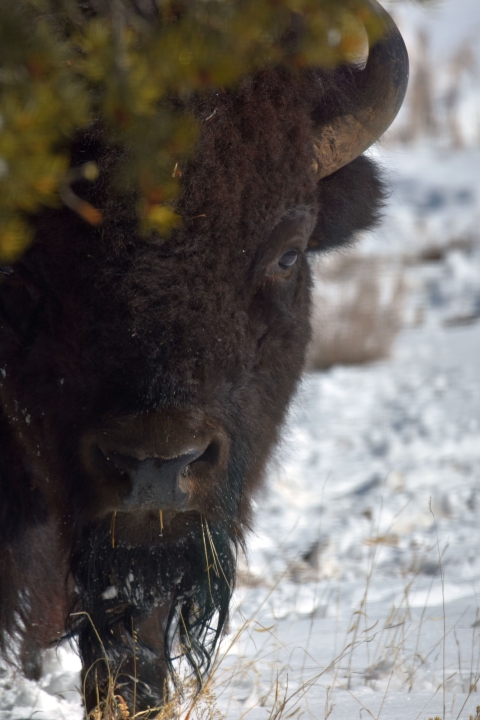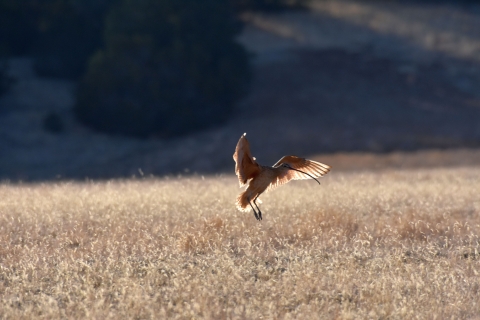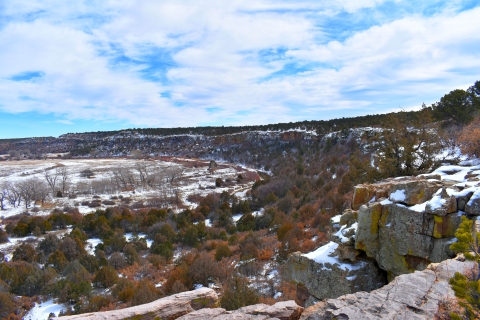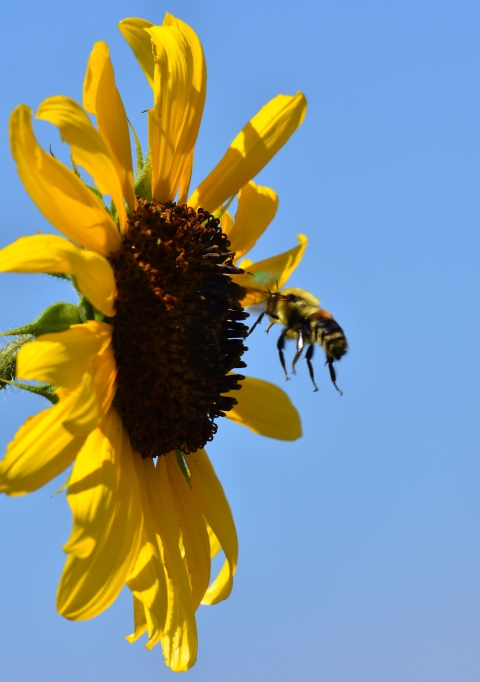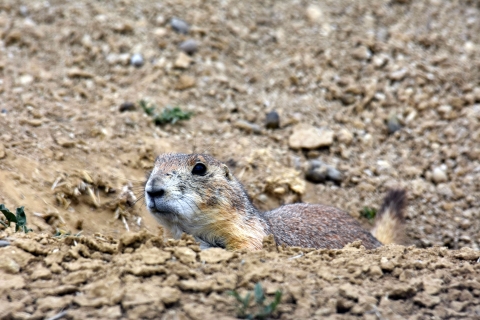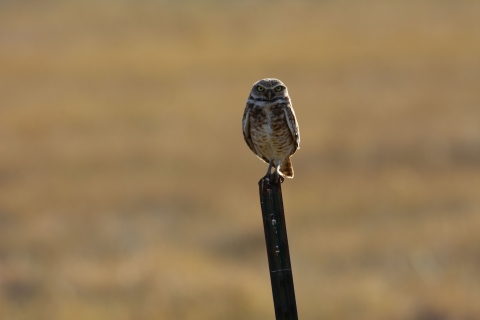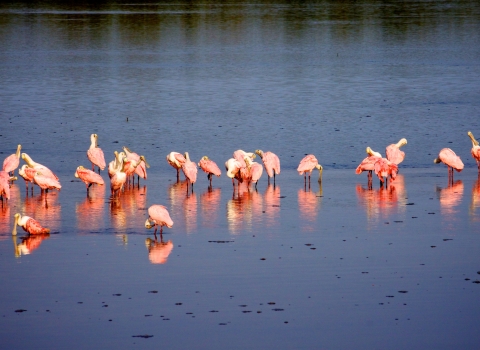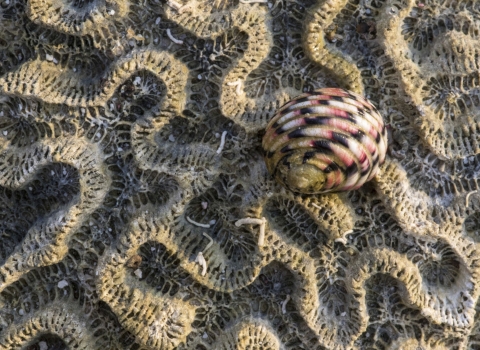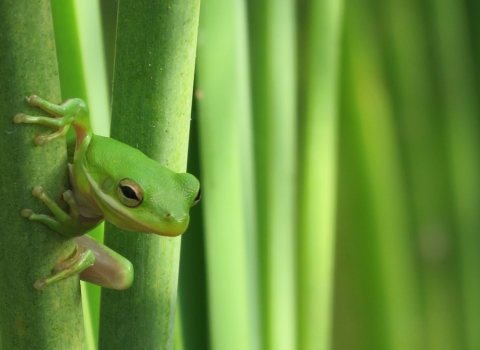Anna Weyers Blades manages Rio Mora National Wildlife Refuge and Conservation Area and helps manage nearby Las Vegas National Wildlife Refuge and Maxwell National Wildlife Refuge.
She loves to take photos whenever she can at the three refuges in northern New Mexico. “I have the opportunity to tell a story and introduce people to wildlife and places they may never get to see,” she says.
Of the photo at the top of this page she says, “I have oak and piñon pine trees outside my office windows, and I am often distracted by birds. Sometimes it is a warbler migrating through, or it is a year-round resident looking for insects, pine nuts or acorns. This is a resident mountain chickadee. A particularly vocal species of bird, chickadees often are heard before they are seen.”
We asked Blades to select a few more of her favorite photos from Rio Mora, Las Vegas and Maxwell National Wildlife Refuges and tell us about them.
“Make notes on your calendar about supermoons, full moons, sunrises, sunsets and other special moments you may want to capture. Take time beforehand and scout out good locations where you can get the shot you are looking for. Do you want the shot framed by trees or something else in the background? By the way, a supermoon is a full moon that appears extraordinarily large in the sky because the moon’s orbit is at its closest point to Earth.”
“Not being in a hurry and driving slowly on the refuge is a great way to watch for wildlife. There is a curve on a county road that runs through Rio Mora National Wildlife Refuge where I often spot greater roadrunners. Most of the time they are running so fast it is hard to get a picture of them, but sometimes they stop and are photogenetic.”
“Rio Mora National Wildlife Refuge is home to a herd of bison that are owned and managed by the Pueblo of Pojoaque, one of 19 Native American pueblos in New Mexico. These iconic animals are a treat to see and photograph on the refuge.”
“I’m amazed by long-billed curlews. They are shorebirds that spend most of their life down south in coastal areas but come up to the grasslands to breed and raise their young. There is nothing like the sound of a long-billed curlew pair calling back and forth to each other on a spring morning.”
“The Juniper Trail goes more than two miles through the shortgrass prairie and through piñon, juniper and ponderosa pines to an overlook of the Mora River. You never know what you might see while walking the trail. Mule deer, northern flickers and black-tailed jackrabbits can be seen year-round. Migrating warblers, other migrating grassland birds, and wildflowers can be seen in the spring. Short-horned lizards, lesser earless lizards and other reptiles and amphibians can be seen in the summer. Northern harriers and other birds of prey can be seen in the winter.”
“When I first learned that there were pollinator specialists — insects, birds and other animals that favor specific host plants — I was in awe. In New Mexico, we have cactus specialists, mallow specialists, sunflower specialists, squash specialists and others. The specialist pollinator species emerge from their nests at the same time their host plant begins to flower. Sometimes the host flowers depend on pollination from one specific family or even genus of pollinator species and the pollinator depends on the pollen from a specific family of flower species. Here a bumblebee approaches a sunflower.”
“Maxwell National Wildlife Refuge, an hour north of Rio Mora National Wildlife Refuge by car, is home to many black-tailed prairie dogs. I enjoy watching the social dynamics within the prairie dog towns as the animals are wary but curious of my presence. There are many fantastic opportunities to photograph shorebirds, waterfowl, birds of prey, songbirds, reptiles and mammals at Maxwell, too.”
“Las Vegas National Wildlife Refuge is 35 minutes south of Rio Mora National Wildlife Refuge. It is a fantastic place to birdwatch. The auto tour and nature trails provide opportunities for wildlife observation and photography. For this image, a friend at the refuge texted me at the end of the workday to let me know there was a burrowing owl perched on a fence post. After work, I headed to the refuge and was able to photograph this owl as the sun was setting.”
More photoGRAPHY tips Visit a national wildlife refuge
